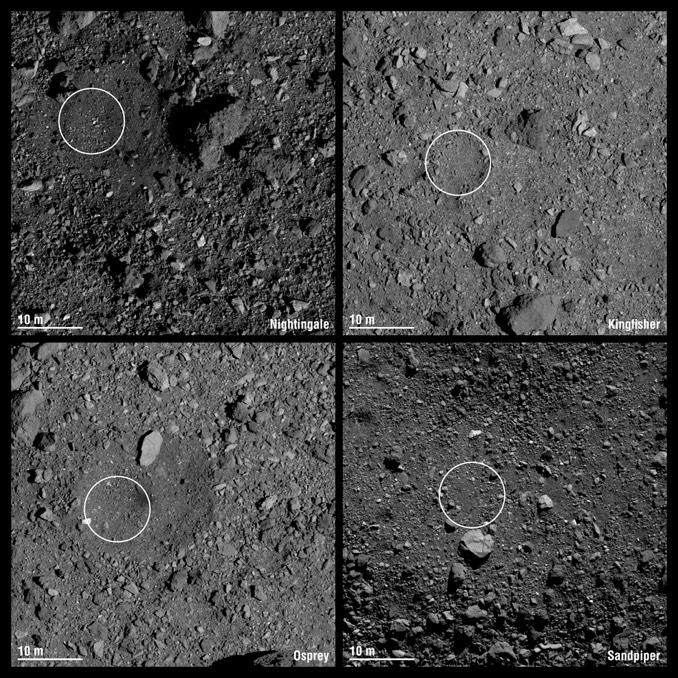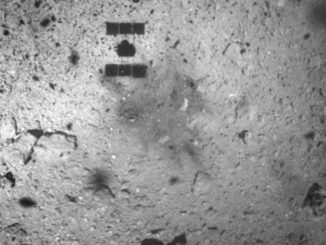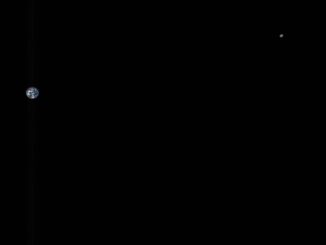
After mapping the entire surface of the surprisingly rocky, rubble-strewn asteroid Bennu, researchers have identified four potential sample collection sites for NASA’s OSIRIS-REx spacecraft. The team plans to spend another four months evaluating the candidates before selecting a primary and a backup based on particle grain sizes and nearby features that can serve as navigation landmarks during the spacecraft’s descent to the surface next year.
“We knew that Bennu would surprise us, so we came prepared for whatever we might find,” said Dante Lauretta, OSIRIS-REx principal investigator at the University of Arizona. “As with any mission of exploration, dealing with the unknown requires flexibility, resources and ingenuity.”
OSIRIS-REx arrived at Bennu last December. Based on Earth-based observations, scientists expected to find large “ponds” of fine-grained material suitable for the spacecraft’s touch-and-go sample acquisition mechanism. For the mechanism to work properly, collectable samples must be 2.5 centimetres (1 inch) or smaller and engineers hoped to find boulder-free sites 50 metres (164 feet across to allow plenty of margin for error.
As it turned out, Bennu is much rougher than expected, its surface made up of countless boulders and rock fragments in what resembles a pile of rubble. Based on initial surveys, engineers revised their search for acceptable sample collection sites, focusing on areas ranging from 5 to 10 metres (16 to 33 feet) in radius.
At the same time, they carried out a detailed reassessment of OSIRIS-REx’s ability to precisely follow a defined trajectory to make sure the spacecraft could, in fact, navigate to more stringent targeting requirements.
“Although OSIRIS-REx was designed to collect a sample from an asteroid with a beach-like area, the extraordinary in-flight performance to date demonstrates that we will be able to meet the challenge that the rugged surface of Bennu presents,” said Rich Burns, OSIRIS-REx project manager. “That extraordinary performance encompasses not only the spacecraft and instruments, but also the team who continues to meet every challenge that Bennu throws at us.”
The four candidate sample collection sites are designated Nightingale, Kingfisher, Osprey and Sandpiper, birds native to Egypt in keeping with two other naming conventions: Egyptian deities and mythological birds.
OSIRIS-REx will carry out detailed, high-resolution inspections of each potential sample site this fall, flying within 1.29 kilometres (0.8 miles) of Bennu’s surface to make sure they feature grain sizes that can be collected. Engineers also plan to identify surface features that can be used by the spacecraft’s autonomous navigation system for targeting.
A primary and a backup site will be selected in December. Passes over both of those sites will be carried out early next year at even lower altitudes. If all goes well, the spacecraft will attempt to collect samples in the second half of 2020 and return them to Earth for laboratory analysis in September 2023.



